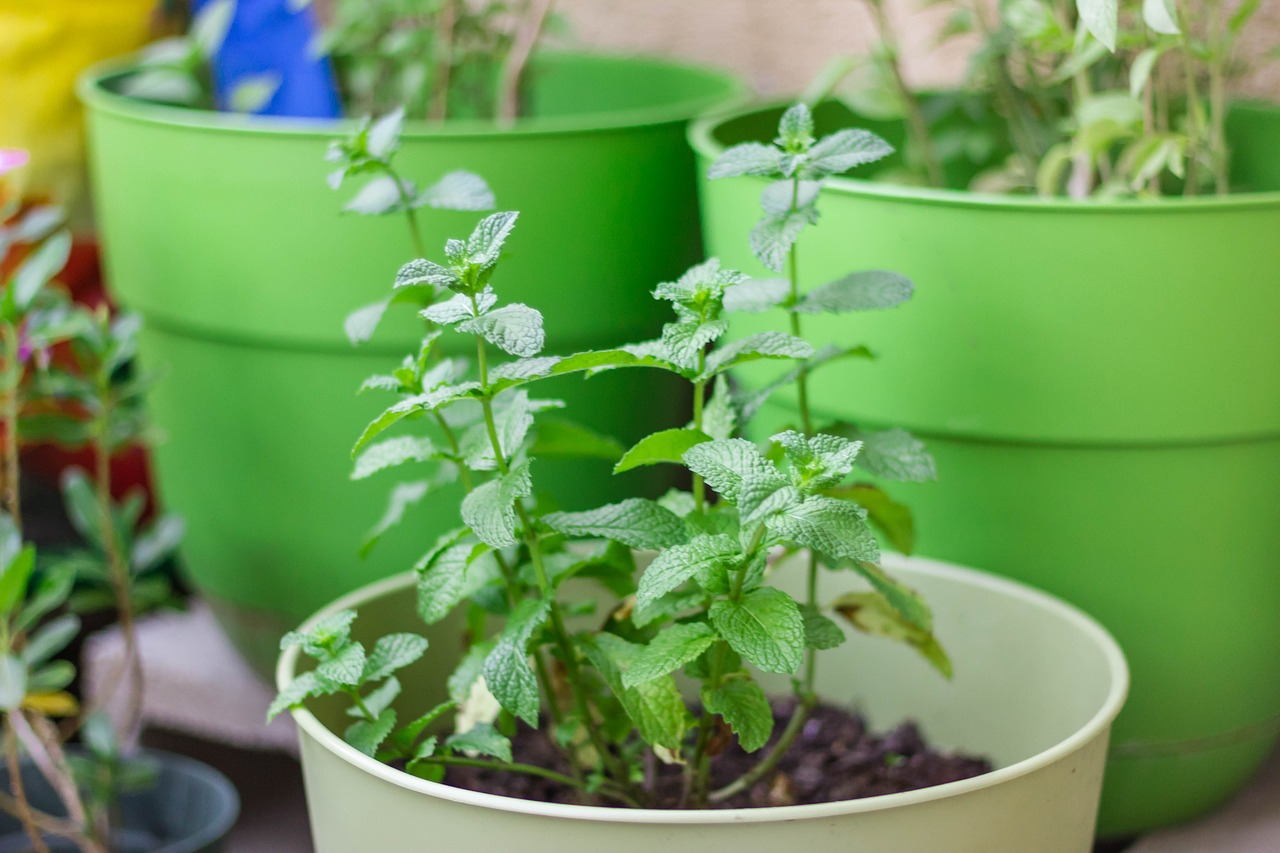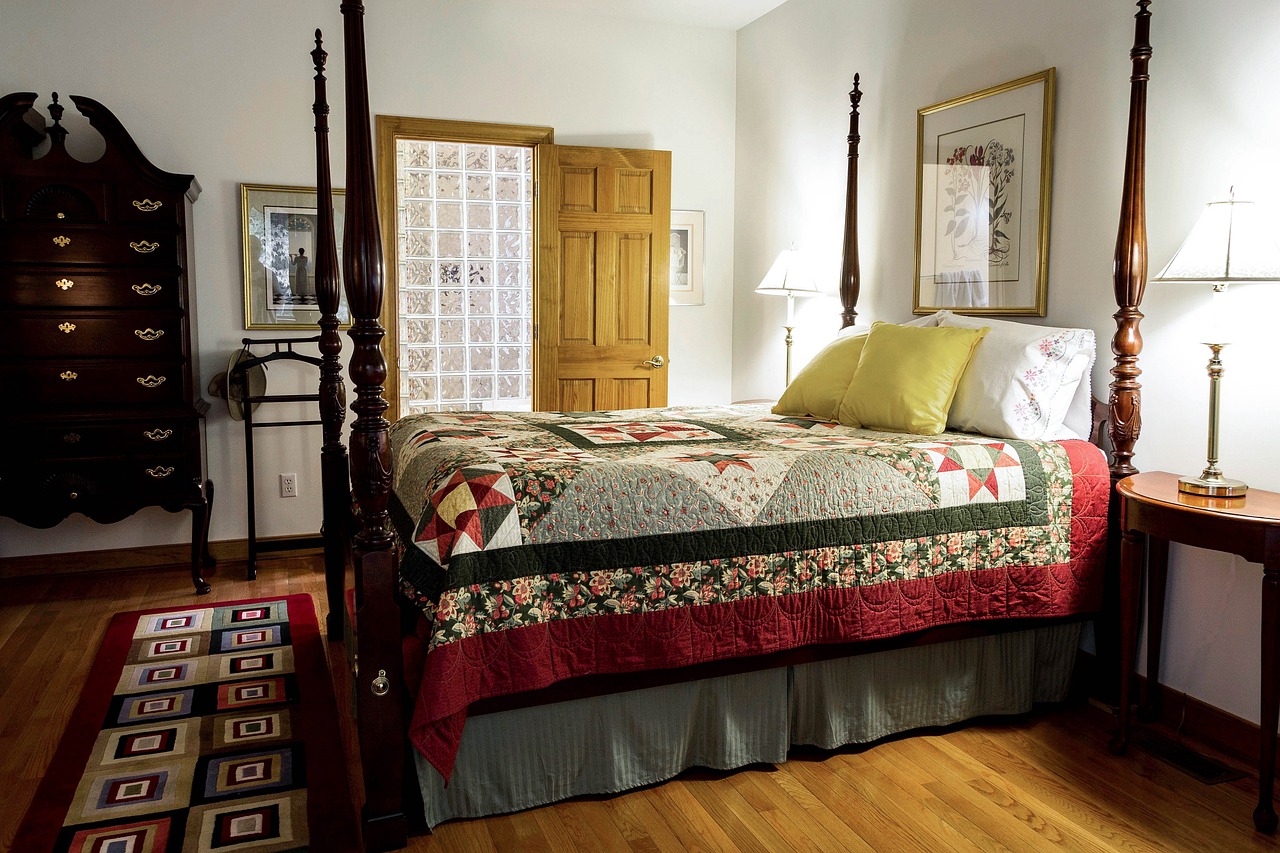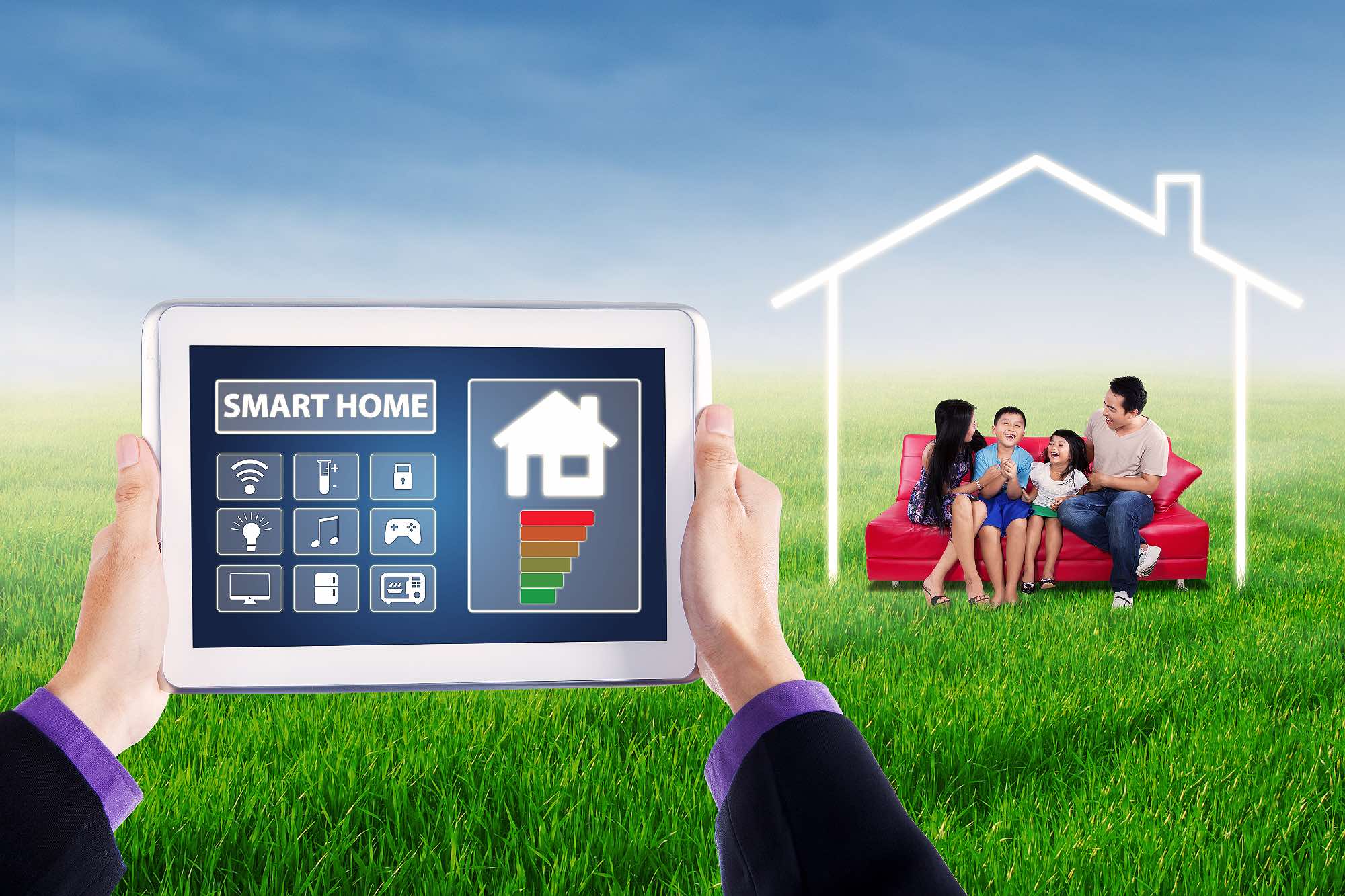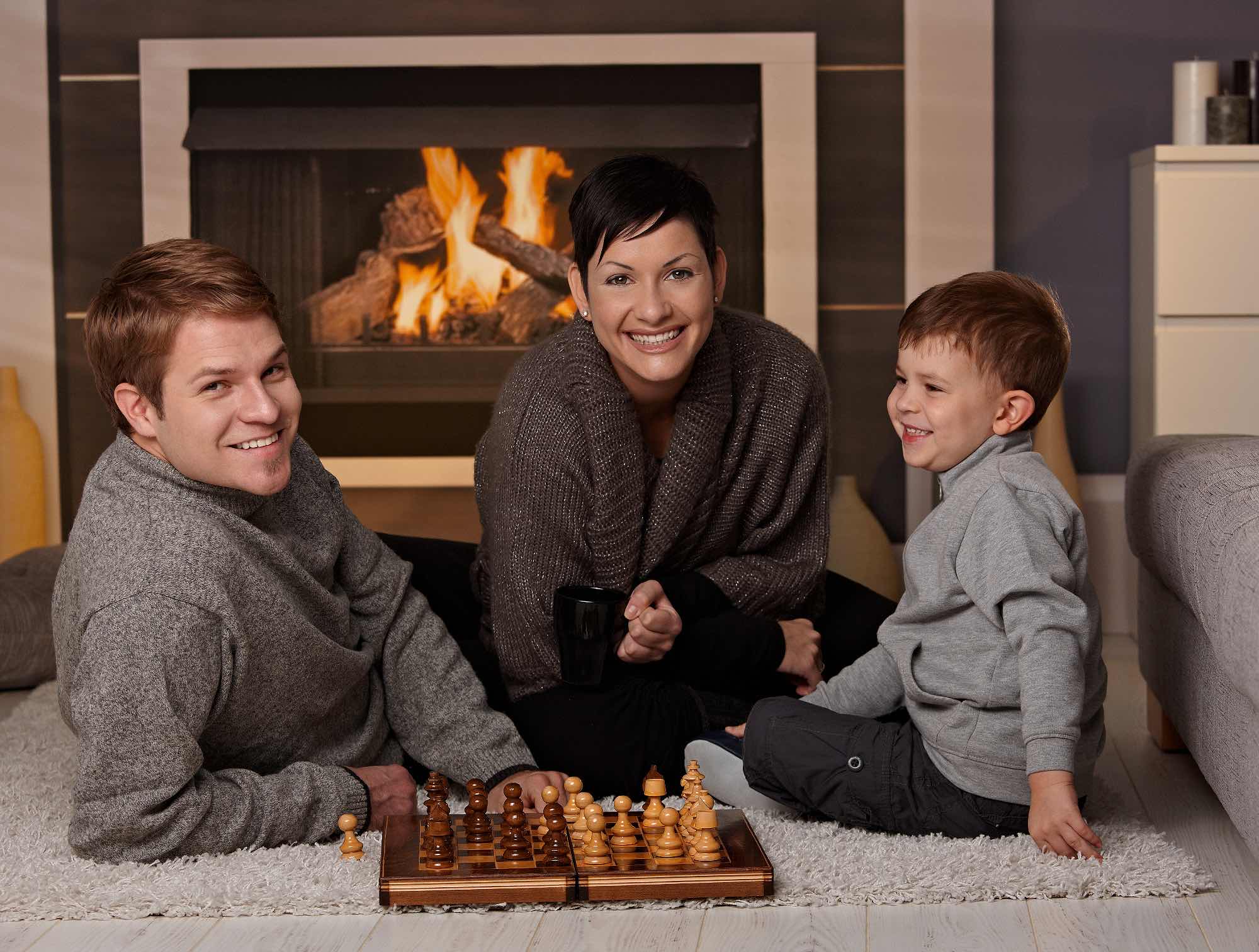Bleach is one of the best disinfectants and has been in use for hundreds of years. There are several types and the one we’re most familiar with is liquid bleach, or sodium hypochlorite. You might know it as Chlorox or one of the many other brands, including generics, that are available at the supermarket. It’s such a versatile cleaner and disinfectant that you might not need many of the other products you’re used to buying. It’s also very economical because it can be diluted 100:1 with water and still be 99% effective.
Using bleach in the kitchen is the #1 go-to cleaner for many people. For general disinfecting, use 1/2 cup in a gallon of water for general purpose cleaning, such as counters, sinks, tiles, floors, and any other non-porous surface. Trash cans can be sterilized with a slightly stronger solution of 3/4 cup per gallon. For hand-washing dishes, cutting boards, and travel mugs, use two tablespoons per gallon. Let the dishes soak for two minutes and then wash normally.
In the bathroom, bleach is excellent for deep-cleaning toilets, tiles, and tubs. The shower curtain can be made new again by adding 2/3 cup of bleach to the washing machine. Check fabric curtains for colour fastness before washing. Disinfect plastic toys with 1/2 cup of bleach per gallon, soak for five minutes, rinse well. A strong bleach solution will remove mold and mildew from just about any hard surface, including grout. Let it soak for at least 10 minutes, scrub with a brush, and rinse.
Bleach is a wonderful cleaner but there are some precautions to observe. For example, never mix bleach and ammonia-based cleaners together because they will produce a poisonous gas. Be extra careful with bleach based cleaners around dark carpets and furniture. Splashing bleach cleaner on your clothes can leave spots so try to pour “low and slow”.





